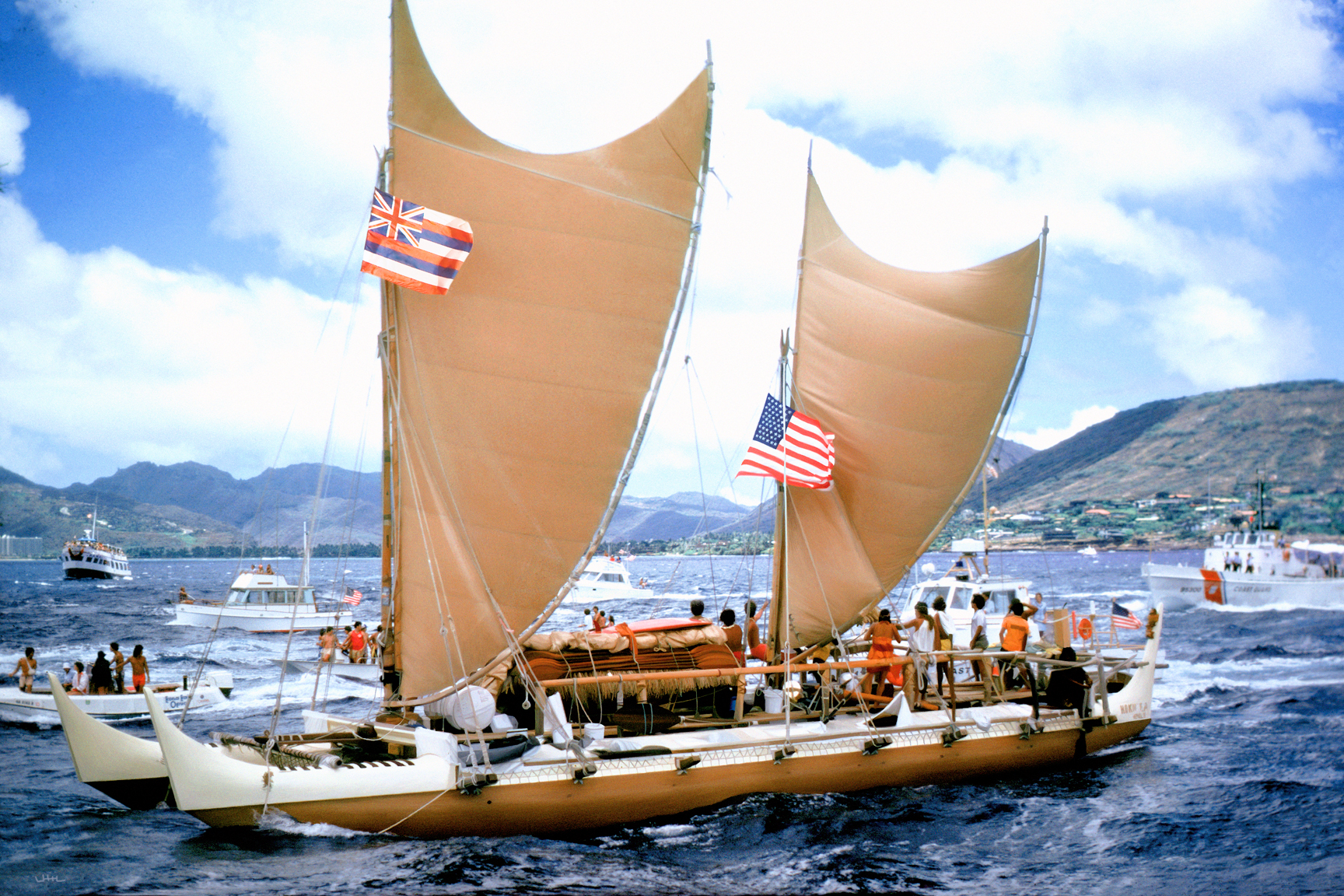By Christine Hitt
The Independent Lens documentary Out of State follows Native Hawaiian exiting inmates, who were sent out of Hawai‘i to a private prison in Arizona, and how they struggle to transition into society again once their term is done.
For close to 25 years, Hawai‘i has been sending prisoners to the continental U.S. to serve their sentences, due to overcrowding. From 1998 to 2007, male inmates were shuffled between five states, until the number of prisons were consolidated. The privately owned and operated Saguaro Correctional Center, located in the Sonoran Desert of Eloy, Arizona, is the only one left.
Convicted of crimes ranging from assault to burglary to drug possession or, even, murder, Saguaro’s more than 1,500 male inmates are thousands of miles away from home with limited contact to their families and very few visitors, if any at all, given the distance and costs associated to get there.
“They are far away from their family, but in my 20-plus years of contract monitoring for our out-of-state population, I’ve always looked at it as this is the inmates’ or the offenders’ or the defendants’ time where they can work on themselves,” says Shari Kimoto, Institutions Division Administrator for the Hawai‘i Department of Public Safety. “They can get into the programs that they need to in order to earn furlough privileges when they come home or in order to gain successful parole release.”
A large portion of Out of State focuses on the reintegration of Native Hawaiian culture into the lives of these men. For many of the men entering the prison system, it’s the first time they’re exposed to their own culture. Saguaro has many Native Hawaiian educational programs, including religion, language, rituals and dance, as do Hawai‘i’s local prisons. The classes started at the correctional facilities almost 20 years ago.
“Many of [the prisoners] are Native Hawaiian, but they don’t know what it means to be Hawaiian,” says Kimoto. “It’s very important because they need to know who they are.”
Following the overthrow of the Hawaiian Kingdom in 1893 and its annexation by the United States in 1898, Hawaiian language was banned in schools and government. Earlier, hula and other traditional practices had already been denounced by missionaries.
It wasn’t until 1978 that the Hawai‘i Department of Education reinstated the study of Hawaiian culture, history and language.
“That’s three or four generations right there that were not encouraged. They were not allowed. Oftentimes, they were punished for speaking Hawaiian,” says Hinaleimoana Wong-Kalu, who teaches a Hawaiian cultural class at Hālawa Correctional Facility on O‘ahu. “When you consider the current plight of many of our Hawaiian people. We have grown up in a very Western colonized society and the presence of the United States of America and its control over our land and our natural resources.”
A Hawaiian Renaissance in the 1970s helped revitalize the culture, sparked by other similar cultural movements at the time and specific events taking place in Hawai‘i, such as the political activism against the U.S. military bombing of the island of Kaho‘olawe. The decade brought a rejuvenation of Hawaiian music, renewed interest in traditional practices, the founding of the Merrie Monarch Festival and, with it, an increased interest in hula, and the Hōkūle‘a, Hawai‘i’s first double-hulled Polynesian voyaging canoe to be built in over 600 years, sailed to Tahiti in 1975-76.

For these reasons, Wong-Kalu says many of the incarcerated men are not oriented to the values that make them Native Hawaiian. Lōkahi (unity), laulima (people working together), mālama (to take care of) and ho‘omau (to perpetuate or persevere) are just a few examples of Hawaiian culture’s value system. Traditional practices also include ho‘oponopono, a mental cleansing in which two parties settle differences through discussion, repentance and forgiveness. With elements of Hawaiian culture missing in their lives, she says it’s replaced with the imported culture.
“In traditional Hawaiian and other Polynesian cultures, the we comes before the me. In Western culture, the me comes before anything and everything else,” Wong-Kalu says. “And many times our kanaka (people) are either evaluating themselves or trying to look at their lives and assess and analyze through foreigner eyes and they can’t figure out why they can’t make heads or tails or things.”
In traditional Hawai‘i, every island was split up into ahupua‘a (land divisions), managed by a konohiki (head man) under a chief. The maka‘āinana (commoners) who lived in each ahupua‘a had a duty, whether it was fishing, planting, cultivating the land or taking care of the natural resources in the mountains. In that sense, everyone depended on everyone else to thrive. Those values of unity and taking care of one another via this method of laulima were not just words, but were lived every single day of their lives.
“Culture is the only thing going to heal us,” says David, one exiting inmate in Out of State, as he struggles to understand who he is. He and other inmates believe that culture will help them be a better person and to transition into life outside of prison. Hanging onto those values can be difficult when returning to a Hawai‘i society, however, since it’s now largely infused with American ideals of taking care of oneself, wealth acquisition and material consumption.
“There’s always room for improvement,” says Kimoto, “but I believe that with the curriculum, with the programs, with the resources that we have, I would like to say we are preparing them for success in the community. But at the same time, I know that there’s so many other things we can do better.”
Christine Hitt has been writing about Hawai’i for over 10 years, and is the former editor of MANA and HAWAI’I magazines.



































